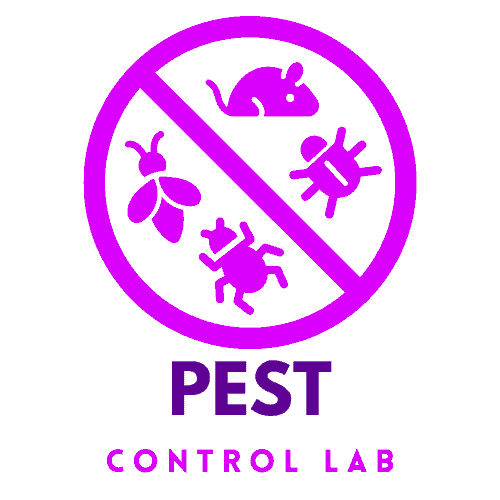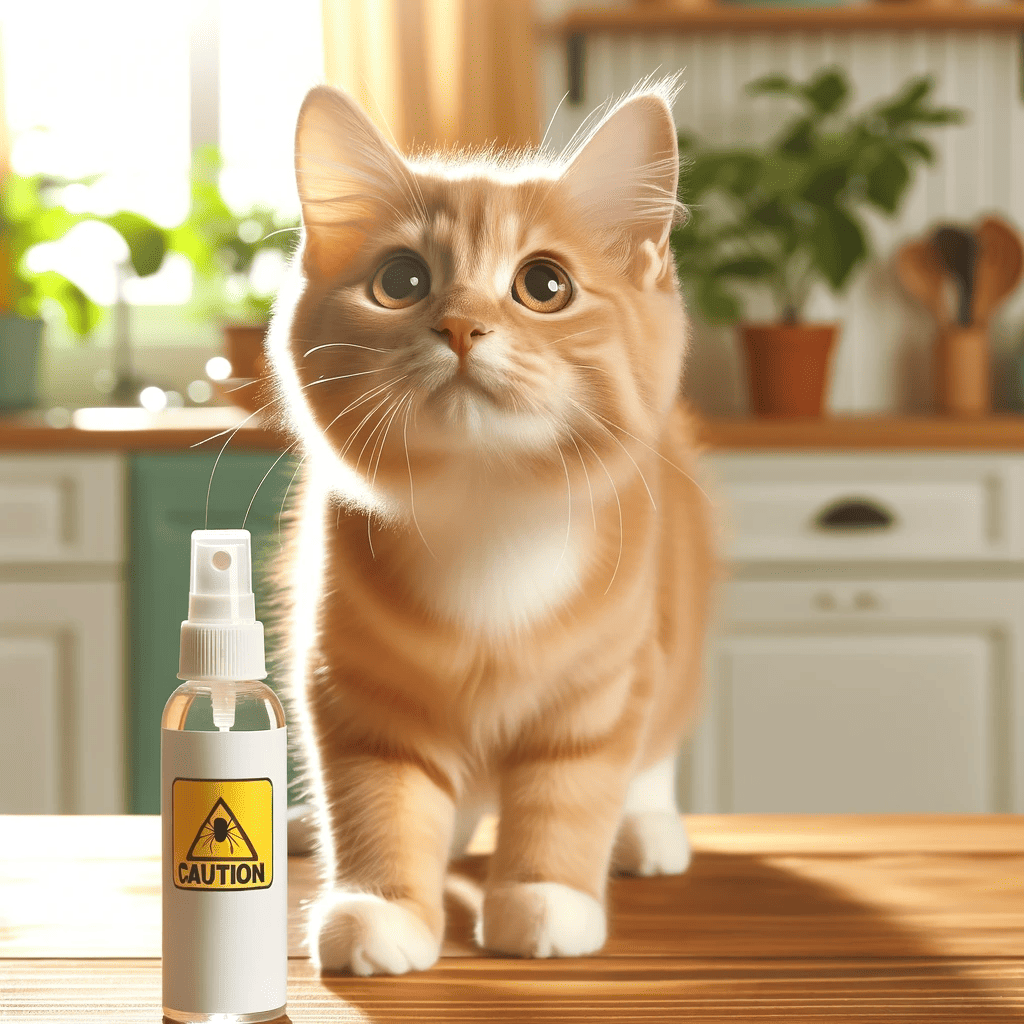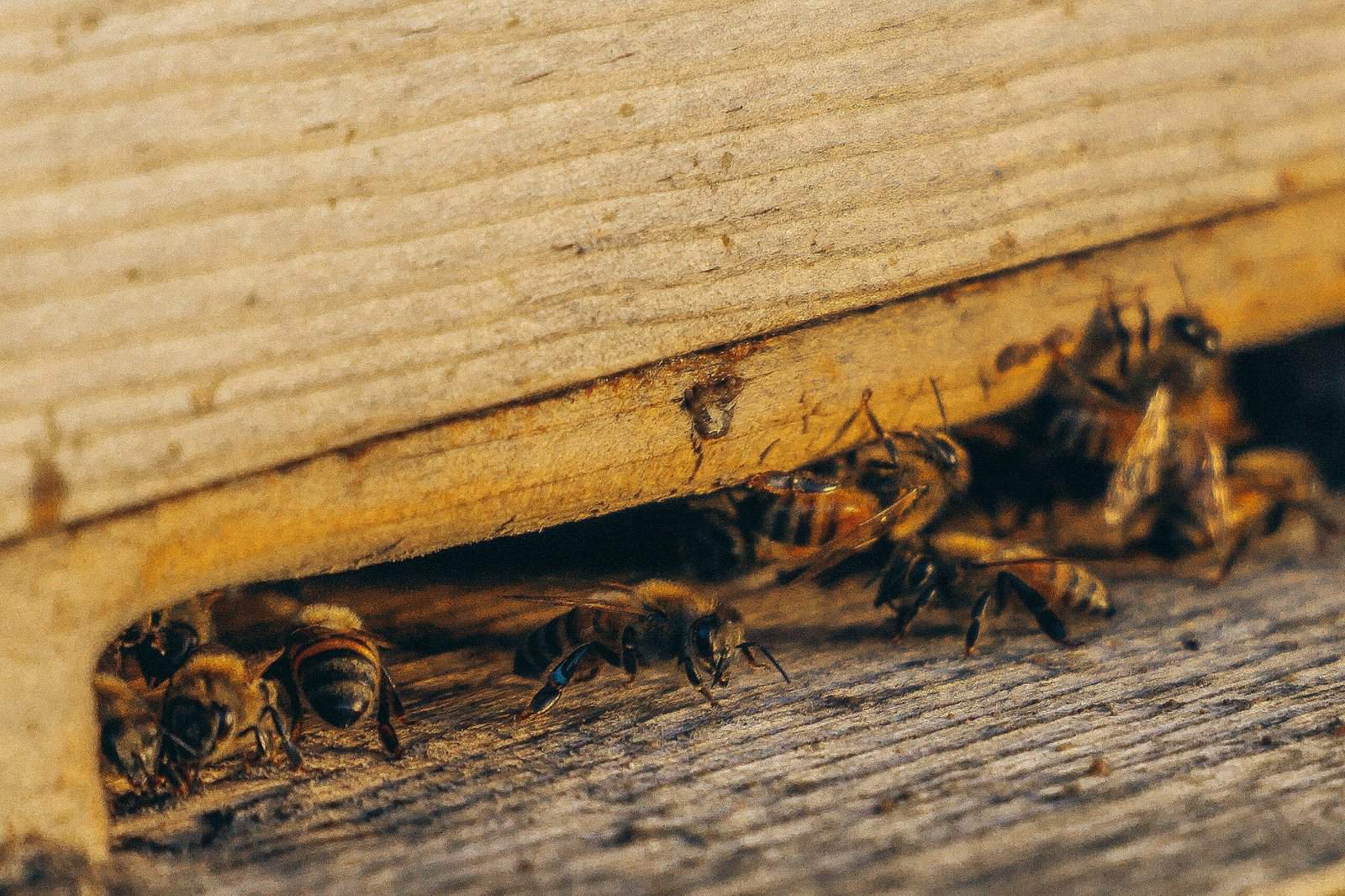Bugs Be Gone: Simple Steps to DIY Pest Eradication
Introduction

Imagine settling into your cozy living room, only to spot an uninvited guest scurrying across the floor – a common household pest. These intruders, from mice to ants, are more than mere annoyances; they can pose health risks and damage your home. The key to tackling this issue is understanding and implementing effective DIY pest control strategies. This guide offers insights into simple yet powerful methods like homemade traps, natural deterrents, and sealing entry points. It’s your blueprint for maintaining a pest-free home, blending practical DIY tips with advice on when to seek professional help.
Understanding Common Pests and Their Behaviors
Embarking on a mission to defend your home from pests begins with understanding your adversary. Like characters in a mystery novel, common household pests have distinct traits and behaviors. Let’s shine a light on some of the usual suspects.
First up, rodents – the crafty intruders. Mice and rats are attracted to clutter and remnants of food. They’re like the burglars of the pest world, sneaking in through tiny holes and setting up camp in dark, undisturbed areas like basements, attics, or behind appliances. Keeping your home tidy and storing food securely is your first defense against these whiskered foes.
Then, there are the ever-resilient cockroaches. These pests are the ultimate survivors, thriving in moist environments and scuttling away at the first sign of light. They’re not picky eaters, which makes kitchens and bathrooms their ideal hideouts. Fixing leaky pipes and ensuring a dry environment can make your home less inviting to them.
And let’s not forget ants, the organized invaders. They operate in colonies and are particularly drawn to sweets. A single crumb can lead to a full-blown ant parade in your kitchen. Regular cleaning and immediate attention to spills are crucial in keeping these tiny troops at bay.
Understanding these behaviors is more than just exciting trivia; it’s your strategic advantage in pest control. Knowing what attracts these unwelcome guests, you can take proactive steps to make your home less appealing and more fortified against invasion.

Simple DIY Traps and How to Make Them
Diving into DIY pest control, homemade traps are practical and easy to make. Let’s explore a couple of them.
First up is the bucket trap, which is perfect for catching mice. Grab a bucket and fill it with a few inches of water. Smear some peanut butter on the inside rim – mice can’t resist its scent. Then, set up a ramp leading to the rim with a wood plank. The mouse climbs up, attracted by the peanut butter, leans in, and falls into the bucket.
For fruit flies, the vinegar trap is a go-to solution. Fill a small jar halfway with apple cider vinegar, a fruit fly favorite. Cover it with plastic wrap, secure it with a rubber band, and poke tiny holes in the top. The flies get drawn in by the vinegar but can’t escape once they enter.
Ants can be tackled with a borax and sugar mixture. Combine equal parts of sugar and borax, and add some water for a syrupy consistency. Soak cotton balls in this mixture and place them near ant trails. The sugar lures the ants in, while the borax is lethal to them. Keep this mix out of reach of pets and kids, as borax is harmful if swallowed.
These simple, homemade solutions are not just economical; they’re a safer alternative to chemical traps, aligning with a more natural approach to pest control. With these methods, you’re equipped to keep your home pest-free in an eco-friendly way.
Natural Deterrents and Repellents
In DIY pest control, nature offers some of the most effective solutions. Essential oils like peppermint, lavender, and eucalyptus are more than just pleasant scents; they’re formidable foes to many household pests. Imagine peppermint oil-soaked cotton balls strategically placed around your home, creating invisible barriers that repel various critters.
Another natural hero is the diatomaceous earth. This powdery substance, harmless to humans and pets, is lethal to insects with exoskeletons, such as cockroaches and ants. When sprinkled in their paths, it causes them to dehydrate and die. This method is not only practical but also safe for use around your family.
Additionally, certain plants can naturally deter pests. Marigolds, for instance, repel aphids and mosquitoes, while lavender wards off moths and fleas. Incorporating these plants into your garden or home adds beauty and a natural defense against pests.
Combining these natural deterrents with good housekeeping—like keeping trash bins clean and eliminating stagnant water—further reduces your home’s appeal to unwanted visitors. These methods are simple, eco-friendly, and add a layer of tranquility to your pest control efforts, showing the power of nature in maintaining a peaceful, pest-free home.

Sealing Entry Points: A Preventive Strategy
There’s an old saying, “An ounce of prevention is worth a pound of cure,” and when it comes to pest control, this couldn’t be truer. One of the most effective ways to keep pests at bay is to cut off their entry routes into your home. It’s like setting up an invisible barrier that says, “No entry to pests!” The process begins with a detective-like inspection of your house. Equip yourself with a flashlight and a keen eye, and start your search. Look for the obvious and not-so-obvious: tiny cracks in the walls, gaps around windows and doors, and even small openings where utility pipes and cables enter your home. These are all potential doorways for pests.
The next step is to seal these entry points. A simple caulk application can work wonders for small cracks and gaps. It’s like drawing a line that pests can’t cross. Consider using wire mesh or foam sealants for more significant gaps, especially in areas like the attic or basement. Pay special attention to overlooked areas, like where the air conditioning unit connects to the house or around outdoor faucets. It’s also a good idea to check and repair torn window screens and install door sweeps on exterior doors.
By taking these preventive measures, you’re not just addressing the current pest issue but safeguarding your home against future invasions. It’s a proactive approach that saves you time, money, and a lot of headaches down the line. Remember, an uninvited guest is one too many in the world of pests. Seal those entry points and keep your home pest-free and peaceful.

When to Recognize It’s Beyond DIY
There comes a moment in every DIY enthusiast’s journey when it’s time to acknowledge that the situation might be more significant than your toolkit can handle. Recognizing when a pest problem escalates beyond the realm of do-it-yourself solutions is crucial. One clear sign is the persistence of pests despite your best efforts. If you find yourself repeatedly setting traps or applying natural deterrents with little to no success, it might be time to seek professional help.
Another red flag is the type and scale of the infestation. While a few ants or a solitary mouse can often be managed with home remedies, larger infestations, such as significant ant colonies or signs of multiple rodents, require a more robust approach. The presence of nests, especially those of stinging insects like wasps, should also prompt a call to the experts. These situations require specialized equipment and knowledge and pose safety risks.
Additionally, consider the type of pest you’re dealing with. Certain pests, like termites, can cause extensive structural damage and require specialized treatment methods beyond DIY’s scope. Similarly, bed bugs are notoriously difficult to eradicate without professional intervention.
Finally, pay attention to signs of property damage. Gnaw marks on furniture, damaged wiring, and holes in walls are indicators of a severe infestation. When pests start to impact the integrity of your home, it’s no longer just a nuisance; it’s a threat to your property and potentially your health. In these cases, professional pest control services offer relief and a strategic plan to prevent future infestations, safeguarding your home in the long term.

Choosing the Right Pest Control Service
When your DIY efforts resemble David battling Goliath, and the pests are winning, it’s time to call the professionals. Choosing the exemplary pest control service isn’t just about getting rid of your current uninvited guests; it’s about ensuring they don’t RSVP for a return visit. So, how do you pick the best from the rest?
Firstly, look for credibility. A licensed and insured company is a must. This not only assures professionalism but also protects your interests. Check online reviews and ask for recommendations from friends or neighbors. Personal experiences often paint the most genuine picture.
Next, consider their approach. Are they using methods that are safe for your family and pets? An ideal company uses environmentally friendly and sustainable practices, reducing harmful chemicals. Ask about their process. Comprehensive services should include an initial thorough inspection, treatment, and follow-up visits.
Inquire about their expertise with your specific pest problem. Experience counts, and a service well-versed in tackling your infestation is more likely to provide an effective solution.
Also, transparency is vital. A trustworthy service will provide transparent information about their pricing, treatment plan, and expected outcomes. Avoid companies that are vague about costs or methods.
Lastly, look for value-added services. Some companies offer advice on preventative measures and may even conduct routine checks post-treatment, ensuring that your home remains a fortress against future invasions.
Choosing an exemplary pest control service is an investment in your home‘s health and peace of mind. You can turn the tide in the war against pests with the right team.

Conclusion
As we conclude, it’s clear that DIY pest control is about more than just traps and repellents; it’s about understanding and safeguarding our homes. We’ve explored practical, eco-friendly methods and the importance of sealing entry points. Yet, recognizing when to seek professional help is crucial for tackling larger infestations. This balanced approach ensures that our homes remain pest-free and safe and serene sanctuaries. With these strategies, we empower ourselves to manage pest challenges effectively, maintaining the comfort and well-being of our living spaces.










